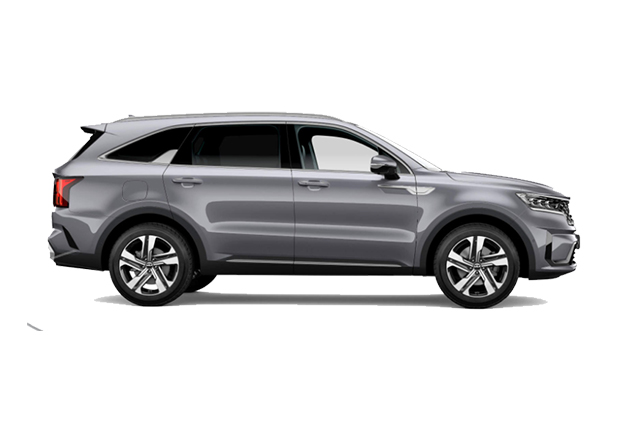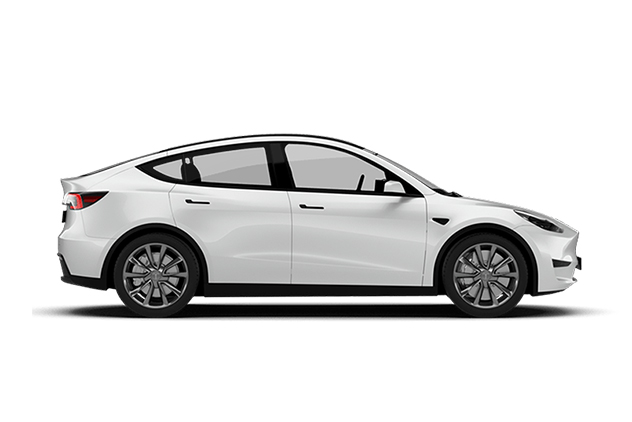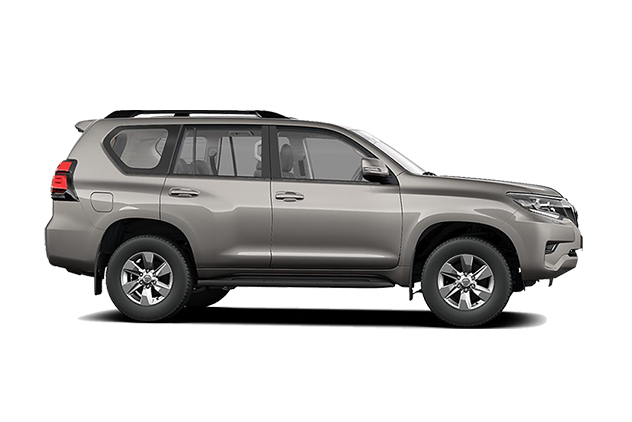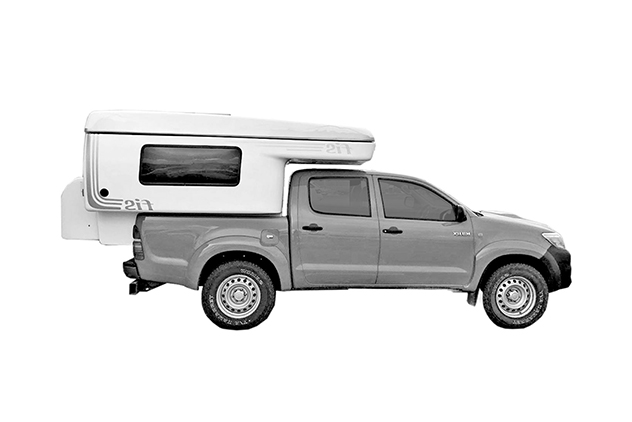Iceland is a dream destination for adventurers, with its mix of icy and volcanic landscapes, unique wildlife, and tons of opportunities to disconnect and explore nature. Before you travel to any country, it’s important to figure out how you are going to get around once you’re there.
While other countries in Europe have a variety of public and private transportation options available, in Iceland, options are more limited.
Understanding the Iceland transportation system will enable you to navigate the country effectively and with the freedom to see all the top Iceland attractions. Locally owned and operated for 50 years, at Hertz Iceland, we are the most reliable source for all things Iceland transportation, providing you with authentic and honest facts about the country.

How to get around in Iceland? Overview of Iceland’s Transportation System
Iceland’s transportation system has been developed based on the country’s primarily rugged and uninhabited terrain. Iceland’s population is under 400,000, with the highest percentage living in or near Reykjavik. The rest of the Icelandic people are spread out around the smaller Iceland cities, located primarily on the country’s coast. This has all influenced the current transportation system.
Public Transportation options in Iceland
Most of Iceland’s public transportation options are concentrated in Reykjavik, the capital city. The city itself has a fairly decent public transportation system, but it is very limited in rural areas. This can make it challenging for travelers who want to explore the country’s remote regions, which is the main reason people come to Iceland in the first place. For this reason, travelers need to plan their journeys carefully and consider alternative modes of transportation.
1. Bus Services
Reykjavik’s public bus system is called Strætó and is the primary method of transportation within the city. The buses are very clean. modern and reliable, so they are a convenient option to get around the city and its nearby suburbs.
The bus network links to the majority of the popular tourist destinations in the city, along with the shopping areas and residential neighborhoods. You can get a Reykjavik City Card which provides unlimited travel on local routes for 24, 48, or 72 hours. You can also pay using the Klappid app or pay in cash, but you have to have an exact change.

If you’re looking for long-distance bus services outside the city, tour operators like Reykjavik Excursions and Sterna Travel offer routes that connect Reykjavik to other towns and tourist attractions across Iceland. There is also a Hikers Bus Pass available, along with buses out to Iceland’s Highlands.
However, it’s important to note that buses outside of Reykjavik operate on seasonal schedules. During the summer in Iceland the routes are most frequent and go to more destinations as it’s the height of tourist season. In the winter in Iceland, service is limited.
2. Taxis
Taxis are available in Reykjavik, along with other regions like Akureyri, East Iceland, and the Westfjords. That said, 80% of the taxis are based in Reykjavik, so if you’re outside of the city, you will likely need to call and book your taxi in advance. Also, while they are convenient, they are also very expensive. We recommend that travelers plan ahead and try to book taxis in advance if needed.
3. Domestic Flights
With multiple domestic Iceland airports around the country, domestic flights are a convenient option for travelers who want to cover large distances quickly. Icelandair and Air Iceland Connect operate flights between Reykjavik and other cities such as Akureyri, Egilsstaðir, and Ísafjörður.
There are also Hertz Iceland rental desks at all these airports, so you can pick up a car onsite. Domestic flights in Iceland are generally more expensive than other modes of transportation, but can be useful to quickly reach remote areas in North Iceland or East Iceland.

Challenges of Relying on Public Transportation
Iceland’s public transportation, which is relatively efficient within Icelandic cities, can present challenges for those who want to fully explore all the country has to offer. Here are some of the most important things to keep in mind.
1. Limited Coverage in Rural Areas
Public transportation in Iceland is predominantly concentrated in Reykjavik and the surrounding area. However, most of Iceland’s top attractions, such as waterfalls in Iceland, glaciers, and Iceland volcanoes, are located in rural and remote areas that are unserviced by public transportation. This can negatively impact your travel plans, making it difficult to reach many of the best things to do in Iceland.
2. Infrequent Schedules
Even in the areas where there are public transportation options in Iceland, the bus schedules aren’t always reliable, and there isn’t frequent service. This is especially true in the winter and shoulder seasons, where schedules are even more limited.
Buses may only run a few times a day, meaning that you’ll have to plan your itinerary around these times, even if they aren’t preferred. You may end up waiting hours for the next bus or experiencing delays that can derail your planned itinerary and reduce the time you have to enjoy the Iceland attractions.
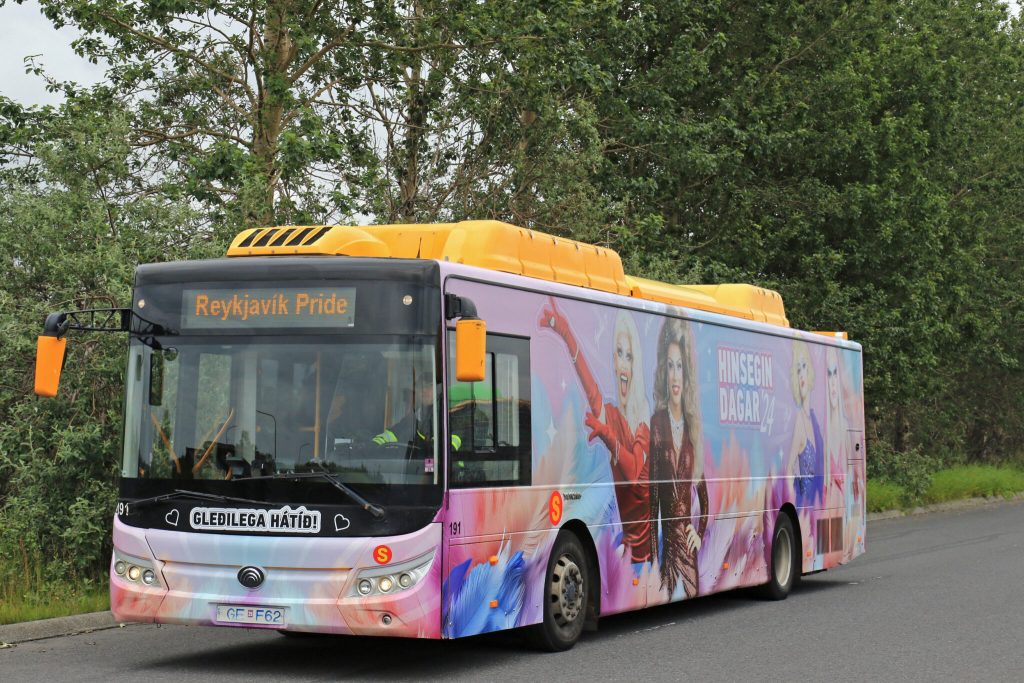
3. High Costs and Inconvenience
Public transportation is typically viewed as a budget-friendly choice, and in many countries, it is. In most of the world, convenience usually comes with a higher price tag, but not in Iceland. If you’re relying on public transportation in Iceland, the expenses can quickly add up, especially if you’re traveling with a group or you’re planning on visiting multiple locations.
The cost of bus tickets, combined with the inconvenience of inflexible schedules and limited routes, makes public transport a less than appealing option. In comparison, renting a car offers total flexibility and cost-effectiveness, especially if you are planning a longer stay or want to visit many locations on your trip.
Advantages of Renting a Car in Iceland
If you’re planning a trip to Iceland, there are some pretty clear advantages of renting a car. If you want to have a truly fulfilling experience, here are some of the benefits of exploring the country via a rental car.
1. Flexibility and Freedom
The first, and most compelling advantage of renting a car in Iceland is that having your own vehicle gives you total flexibility and freedom. We all know that no matter how much you plan in advance, plans can change. You might speak to a local and find out about a hidden gem that you didn’t know existed, or you might feel sick one day and want to move your planned hike to the next day.
With a rental car, you can create and adapt a customized itinerary based on your unique interests and schedule. You can explore remote areas of the country that are unreachable by public transport, make spur-of-the-moment stops along the way, and avoid being stuck to limited public transportation schedules. This total freedom is what will make your trip to Iceland one filled with fun and adventure instead of one filled with waiting around and the feeling of missing out.
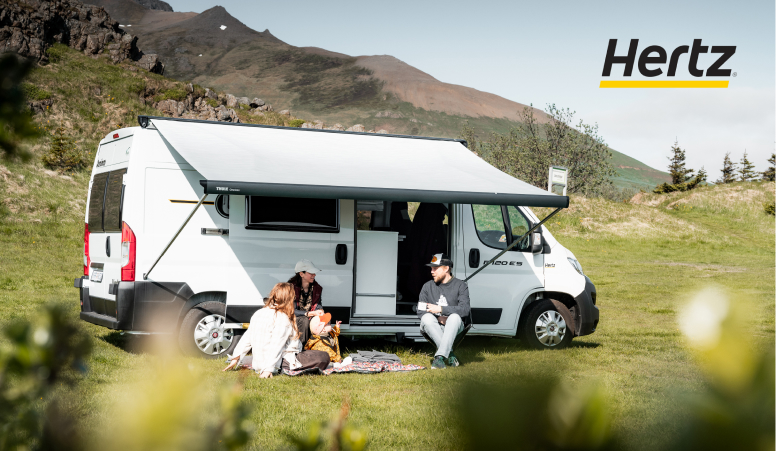
2. Comfort and Convenience
Even with Iceland’s modern buses, there is generally a sacrifice to comfort and convenience when taking public transportation. When you’re in your own vehicle, you set the temperature, you get to choose the music, and you get to choose when to pull over to get food or take a break to stretch your legs.
You are also not bound to bus schedules or waiting around for the next ride, you can just jump in the car and go! Your car is always ready. This convenience is especially crucial when exploring remote areas but equally as attractive for main routes like Iceland’s Golden Circle or Ring Road.
3. Cost-Effectiveness
So how much does it actually cost to rent a car vs public transportation costs? The cost of renting a car varies based on factors like the time of year, type of vehicle, and vehicle size.
For a compact car, you are looking at between $70-$120 per day (ISK 9,700 – ISK 16500). So for a typical 7-day trip, you’ll spend approximately $500-$850 (ISK 75,000 – ISK 127,500). You’ll also need to account for fuel and the odd parking fee, so a low estimate for the entire weeklong trip would be $720-$1150 (ISK 108,000 – ISK 172,500).
When comparing that to public transportation, you need to take into account that you will not be able to directly access many of the Iceland attractions without booking a tour, and these can be expensive. Let’s create a scenario where you plan to use public transportation for the duration of a 7-day trip. A Reykjavik City Card will run you about $35 (ISK 4,850).
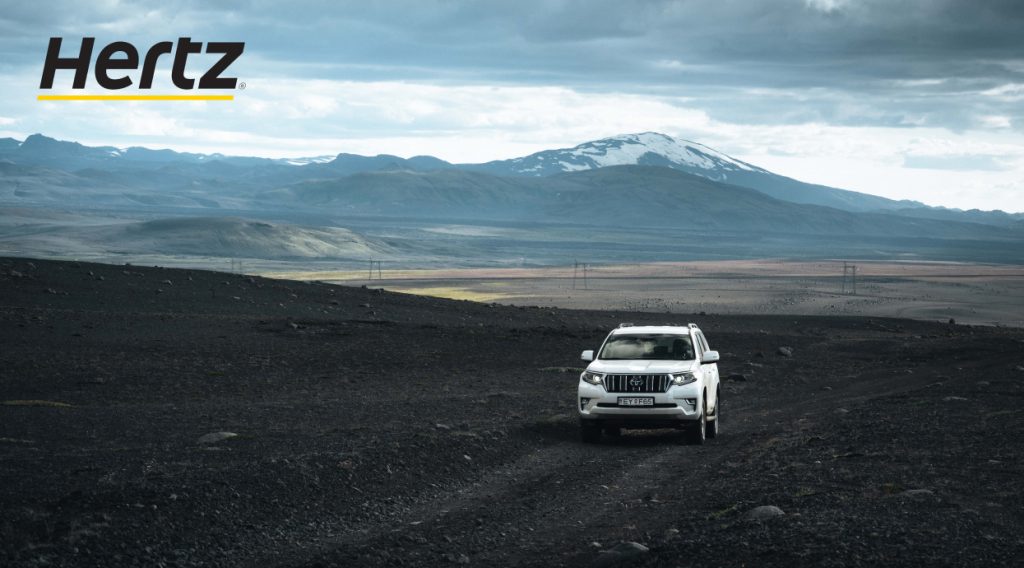
A bus from Reykjavik to the South Coast of Iceland is about $100 (ISK 15,000) roundtrip or $100-$150 (ISK 15,000 – ISK 22,500) for a day tour. The price is about the same for a tour of Iceland’s Golden Circle or a bus to North Iceland.
As a general estimate, using public transportation for a weeklong trip will likely cost you between $798-$948 (ISK 119,700 – ISK 142,200). But keep in mind, these prices are per person, so if you are traveling with others, then the costs will be double, triple, etc.
4. Safety and Reliability
Rental cars are a safe and reliable option for transportation in Iceland. Hertz Iceland Car Rental provides reliable vehicles equipped to handle the unpredictable Iceland weather and driving challenges, like unpaved F-roads and icy conditions. Hertz prioritizes driving safety, providing you with all the support you need throughout the duration of your trip.

How to Rent a Car in Iceland: only in 3 steps!
Renting a car in Iceland is straightforward and easy. We always recommend booking your rental car online and in advance to ensure you get the best option for your group.
1. Choosing the Right Vehicle
Selecting the best vehicle for your Iceland trip is pivotal in determining your comfort, safety, and flexibility. When choosing your car, factor in your travel routes, group size, and the type of terrain you expect to navigate.
For example, a 4X4 SUV is ideal for exploring Iceland’s Highlands and the Westfjords, while a compact car might be all you need for city driving and main routes in the summer. If you’re visiting during the winter, you should always book a 4WD vehicle, regardless of your itinerary, to ensure safety on the snowy roads.
2. Rental Process with Hertz Iceland
Renting a car with Hertz Iceland is straightforward. Follow these simple steps:
- Visit the Hertz Iceland website (hertz.is ).
- Enter your preferred pickup location, along with the pickup and dropoff date to browse your options.
- Choose the rental car that suites your group best.
- Choose your Iceland car rental insurance coverage and any extras you’d like to add.
- Enter all your personal details and proceed to payment.
- Pick up your rental car right at the airport!
3. Insurance and Additional Services
Hertz Iceland offers a range of insurance options to keep you covered during your trip. Some insurance is included in the cost of your rental, including liability insurance and accident insurance for the driver and the owner. Renters can purchase optional collision damage waiver (CDW) and super collision damage waiver (SCDW) coverage to reduce their financial liability in case of damage.
Additionally, Hertz provides additional services to make your travel experience more comfortable, including GPS systems, child seats, charging cables, and WiFi routers.

Tips for Driving in Iceland
Before you start your Iceland adventure, there are a few things about driving in Iceland that you should know.
Understanding Icelandic Roads
Iceland has a mix of both paved highways and gravel roads. The main highways, such as Route 1 ring road in Iceland, is well-maintained year-round, providing easy access to many of the country’s most popular attractions. However, there are many secondary roads leading to remote areas of the country that are gravel and can be challenging to drive on without previous experience.
These F-roads may have Iceland river crossings and may also be closed during the winter, plus you are required by law to drive a 4X4 on them. Always check road.is for updates on road conditions before venturing out.
Driving Safety Tips
Safety should be your top priority when driving in Iceland. Here are some driving safety tips:
- Adjust your speed to the road and weather conditions. Gravel roads can be slippery, and high winds can affect vehicle stability.
- Always use headlights, day and night, to improve visibility.
- Watch for wildlife, especially sheep, which can wander onto roads unexpectedly.
- Stay on marked roads to avoid damaging sensitive landscapes and to ensure your safety.
- Iceland’s weather can be unpredictable and change suddenly. Be prepared for high winds, rain, fog, and, in winter, snowstorms. You can check for weather updates at vedur.is. Make sure your vehicle has proper tires and carry emergency supplies.
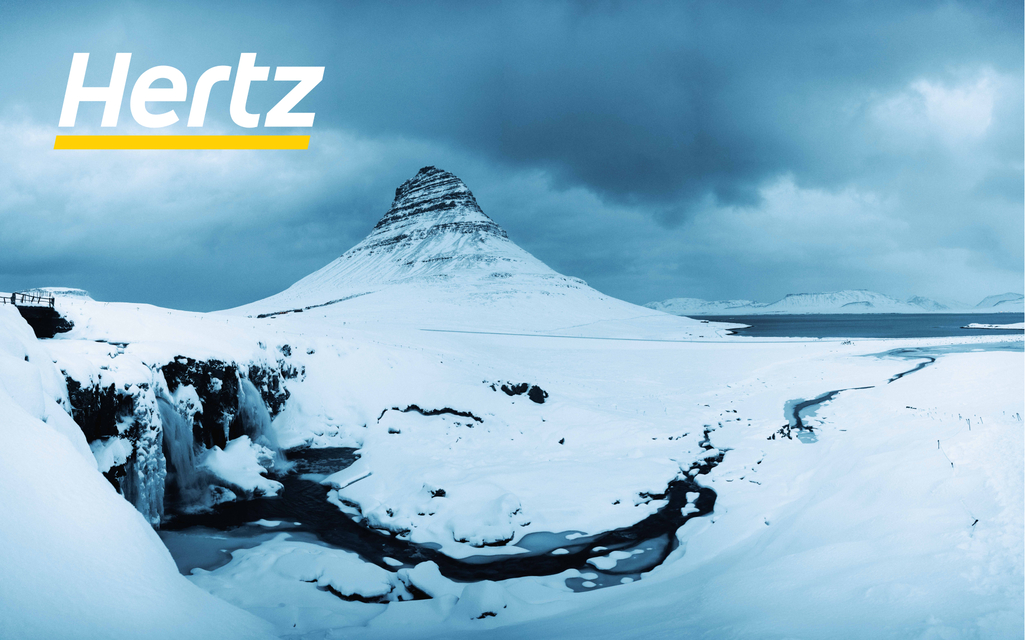
Parking and Fuel Stations
Since the majority of visitors to Iceland are driving rental cars, there are accessible parking lots at many of the country’s most popular sites. While some may require a small parking fee, some parking lots are free to use. However, in Reykjavik, most of the street parking and parking lots require payment.
Gas stations in Iceland are dotted throughout the country, and there are many you can stop at along Route 1. That said, in remote areas like the East Coast and Highlands they can be more limited, so it’s always a good idea to plan your refueling stops in advance, especially if you’re traveling long distances. Most stations are self-service and accept major credit cards.

Explore Iceland With Iceland Transporation
Although taking public buses and domestic flights are an option for exploring the country, renting a car in Iceland is the clear winner. Driving yourself gives you the freedom to create a customized itinerary and adapt it as you go.
You can reach places that are off the beaten path and get away from the crowds to see what makes Iceland so special, its well-preserved and rugged natural landscapes. Hertz Iceland has a range of different vehicle options, so you can choose what works best for you. For a hassle-free travel experience, visit the Hertz Iceland website and book your vehicle today.

